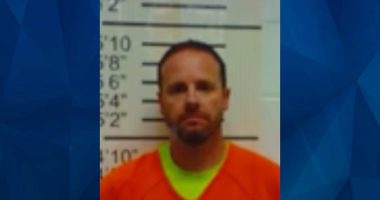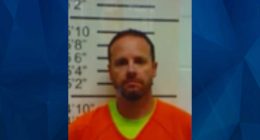
For the next 66 years, doctors and medical students continued to occasionally grave rob while they waited for people to be sentenced to death and dissection. But on April 3, 1854, An Act to Promote Medical Science and Protect Burial Grounds, also known as “The Bone Bill,” was signed into law in the state of New York, which expanded the pool of cadavers that doctors were allowed to dissect.
According to “Bellevue” by David Oshinsky, the bill was proposed by New York University’s John Draper, a British doctor who wanted to use dead bodies from prisons and almshouses in dissections, provided that they weren’t picked up within 24 hours of death. “All vagrants dying, unclaimed, and without friends, are to be given to the institutions in which medicine and surgery are taught for dissection.” But according to “A Traffic of Dead Bodies,” the word almshouse was removed in the final version, “so that technically the unclaimed body of a rich person dying at home might be taken for dissection.”
Ultimately with this bill, physicians were thus able to justify body snatching because it wouldn’t technically be grave robbing if the bodies were not yet buried. And those who could afford to be buried in a cemetery were able to rest easy knowing that they could afford to rest in peace. And for most of the 19th century, the Bone Bill was poorly enforced, and “anatomy scandals proliferated” as the number of medical schools and medical students.







